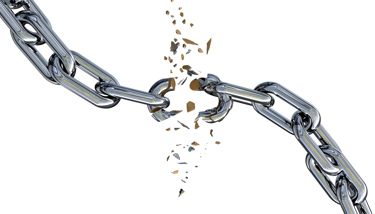As COVID Limits Access To Chlorine, Water Systems Ask EPA For Help


For the first time since the Safe Drinking Water Act (SDWA) established an avenue for water systems to request help with supply chain issues in 1974, they are using it to ask the federal government for chlorine-based treatment chemicals.
“Local water officials say they fear chlorine suppliers are prioritizing deliveries to swimming pools instead of local water utilities,” Bloomberg Law reported. “Water systems in California, Utah, New Mexico and New York turned to the [U.S.] EPA under Section 1441 [of the SDWA], which authorizes the Commerce Department to order supplies to provide chemicals to water systems in need.”
The chlorine shortage has likely been caused by ramifications of the COVID-19 pandemic, as well as a happenstance disaster at a major supplier’s facility.
“As the pandemic forced families to stay at home, swimming pool demand surged while chlorine production sank,” Business Insider reported. “The supply of chlorine is still being limited by a Louisiana chlorine plant that caught fire last summer, cutting off a large percentage of the nation’s chlorine tablet supply… The Chlorine Institute said reports suggest the Louisiana plant will be out of order until 2022.”
Chlorine-based treatment chemicals are used by water systems across the country to disinfect water and wastewater, and a lack of supply would force them to cease services completely. A water system in Oceanside, CA, for instance, requested help through the SDWA provision as it had only five days’ worth of chlorine supply in reserve.
“That is not a good place to be because, if you miss another load, we’re talking about drinking water supply for 170,000 people,” the division manager of Oceanside’s water utilities department told Bloomberg Law. “That’s a lot of people to not have drinking water.”
In addition to requesting supply chain help from the EPA, some water systems have found alternative suppliers that can fulfill their orders, though this can add a lot of work to the water systems and those other suppliers may charge more. But if nothing else, using the SDWA provision to seek chlorine supply is an indicator of where the supply chain priorities should be.
“Poway, Calif., turned to the EPA after a delay in its chemical deliveries ‘to send a signal that water needed to be prioritized,’ city spokeswoman Rene Carmichael said,” per Bloomberg Law. “‘Chlorine needs to go to people who make safe drinking water,’ she said.”
To read more about how water systems use chlorine, visit Water Online’s Disinfection Solutions Center.
